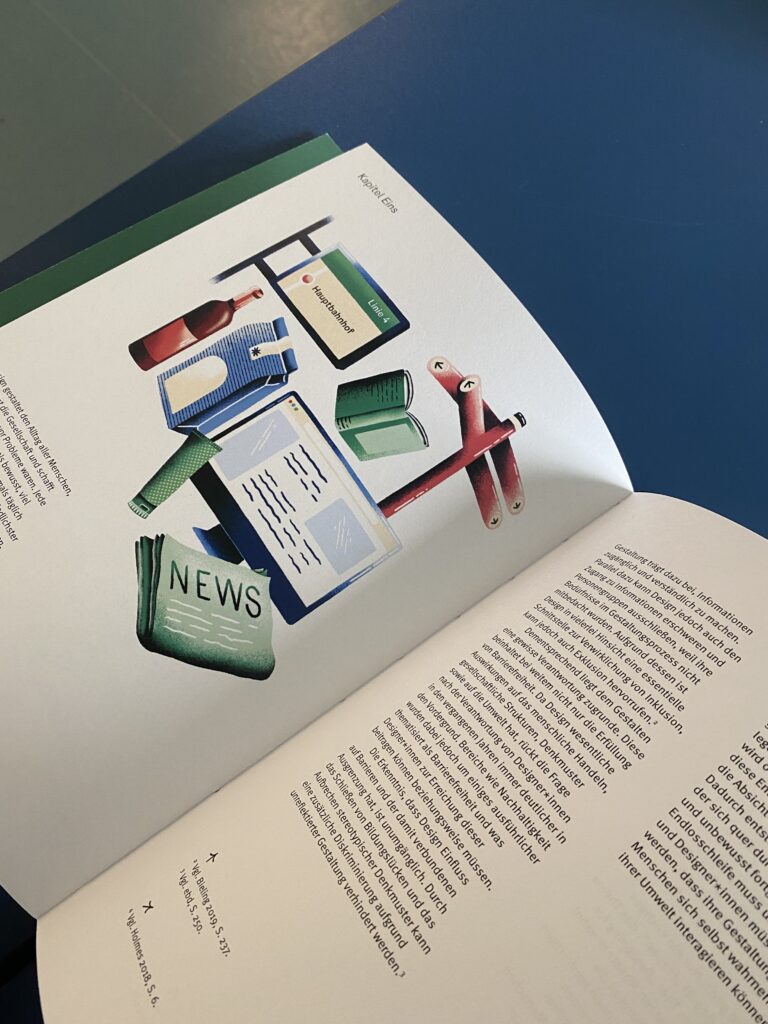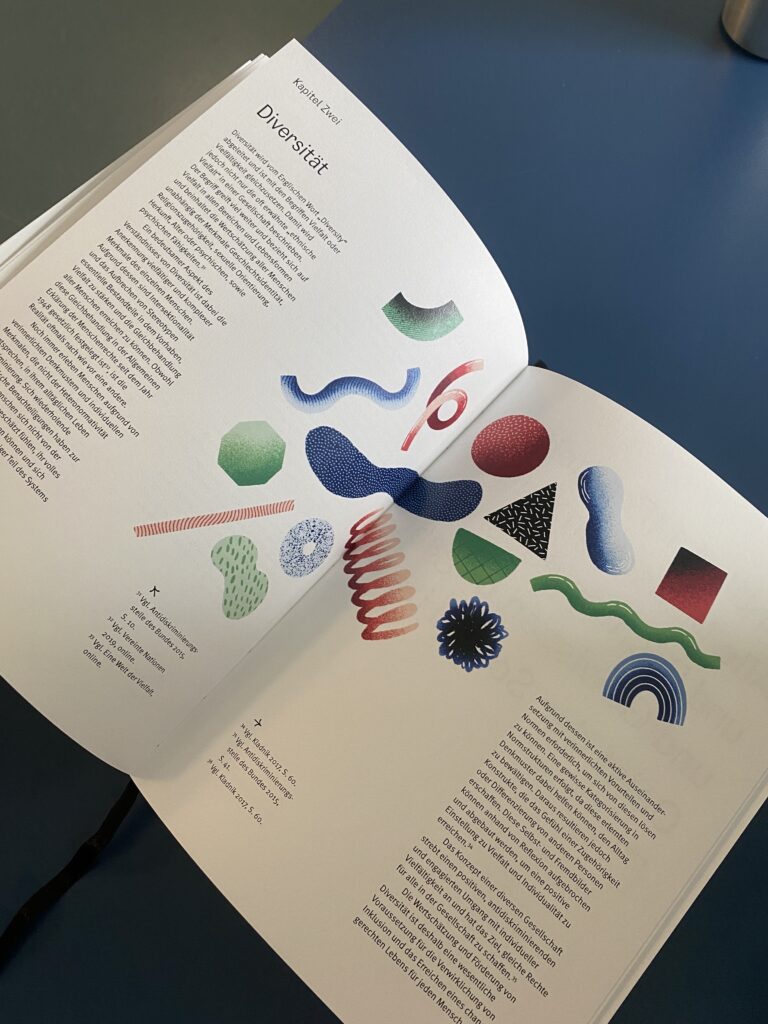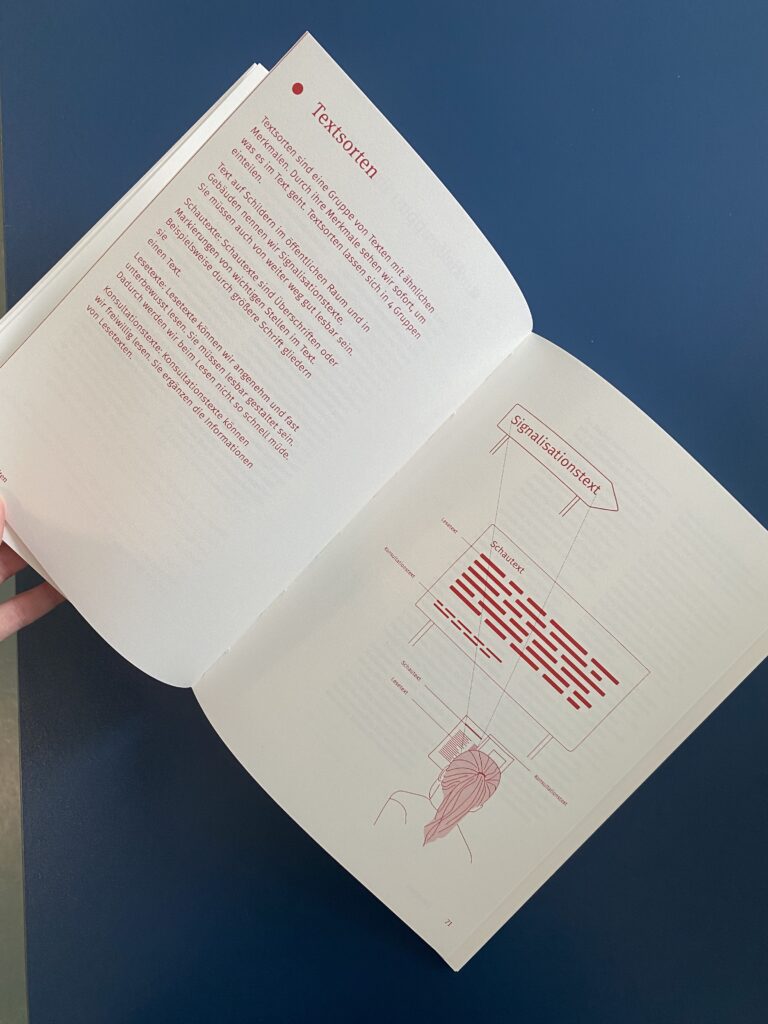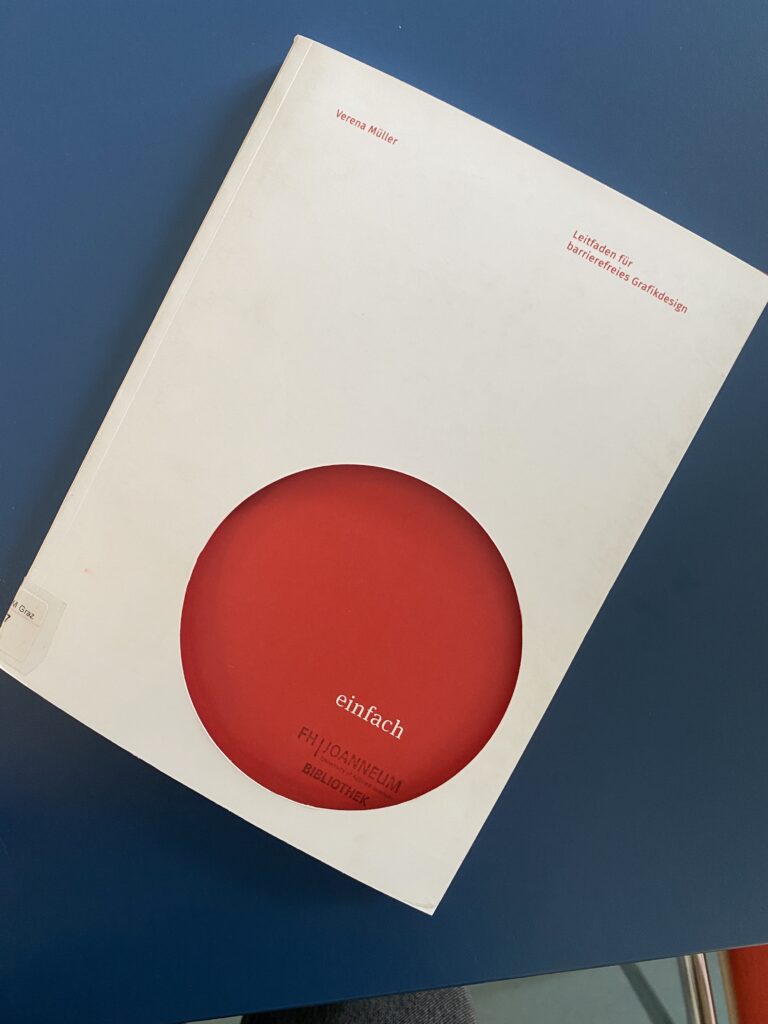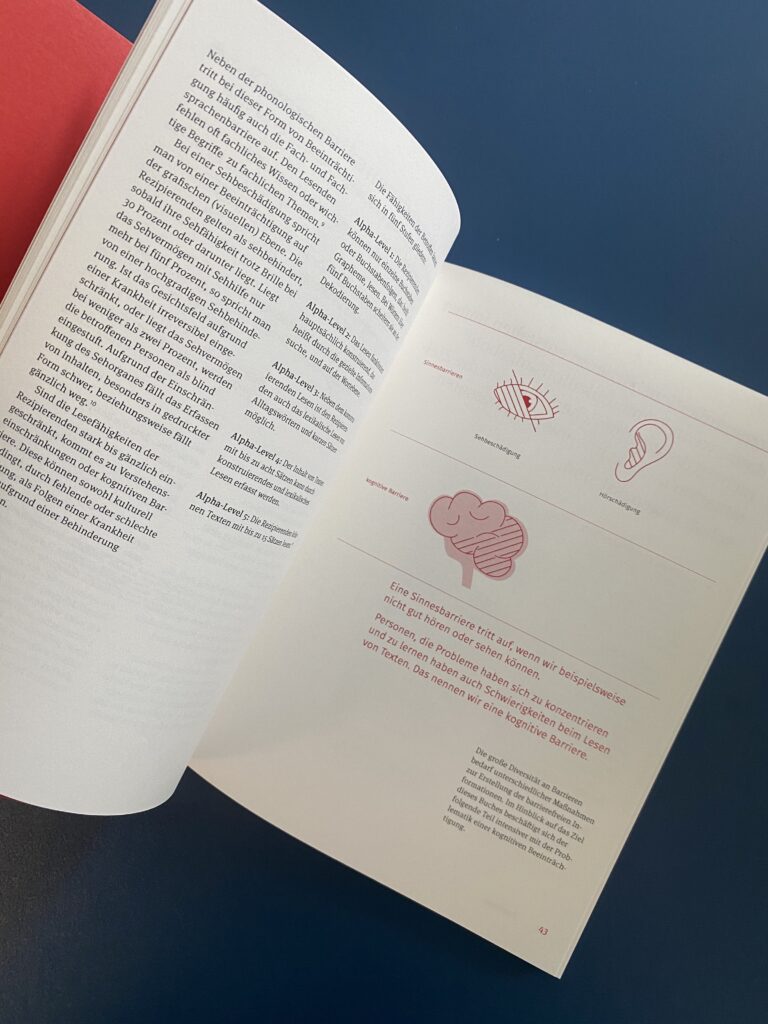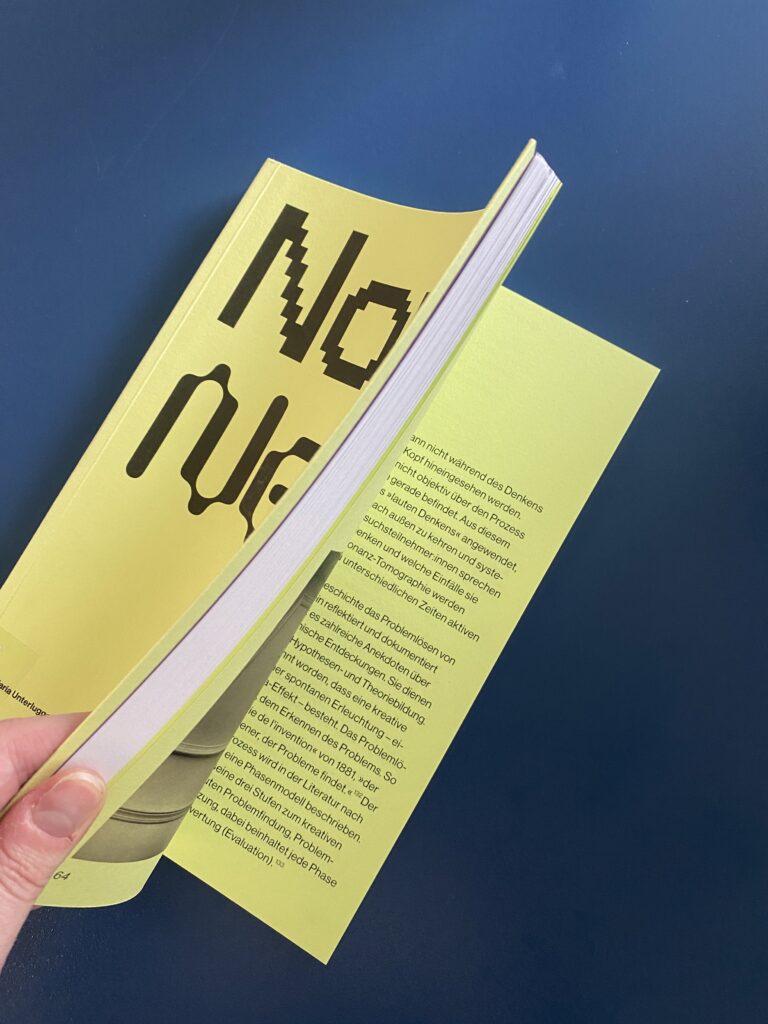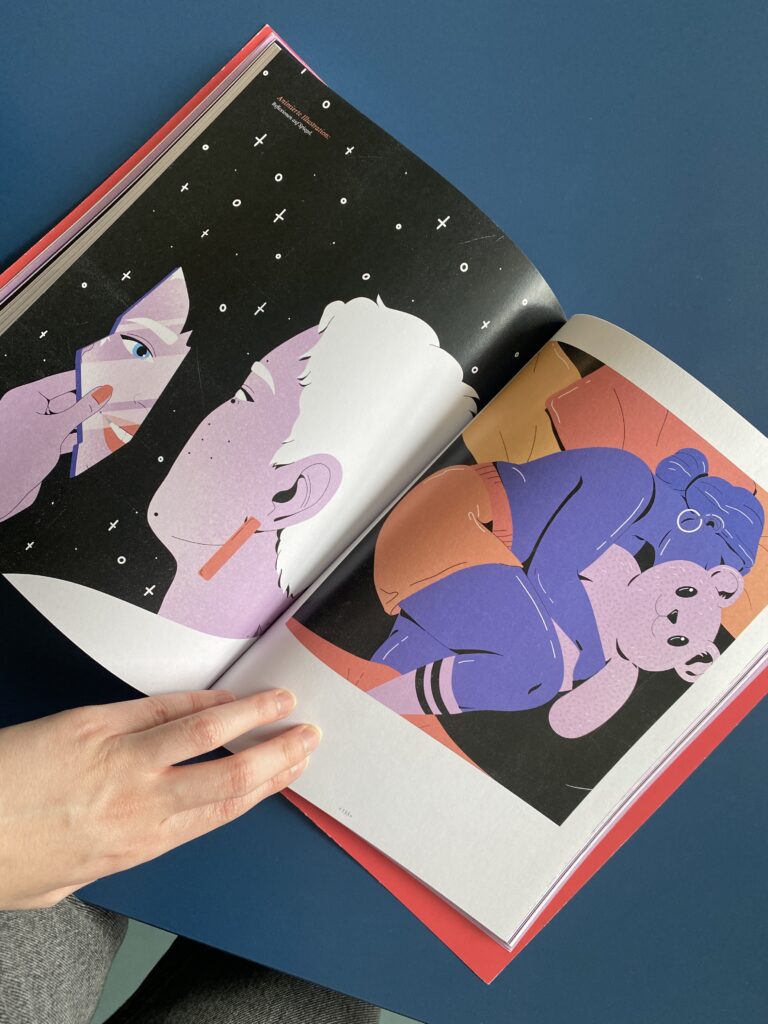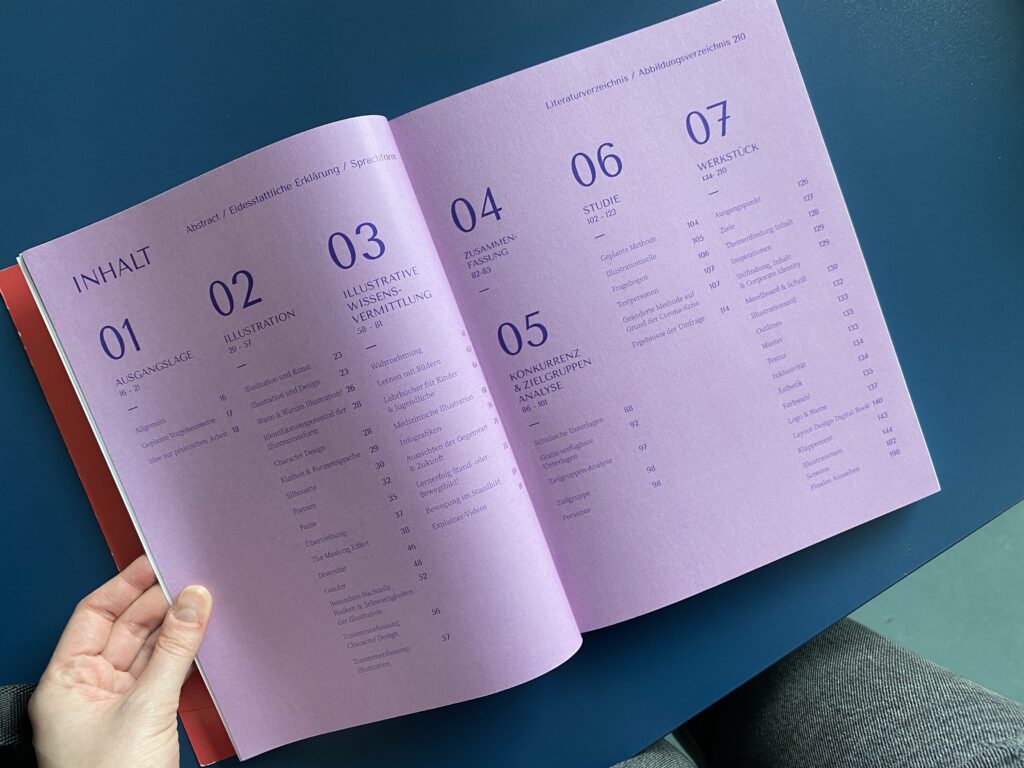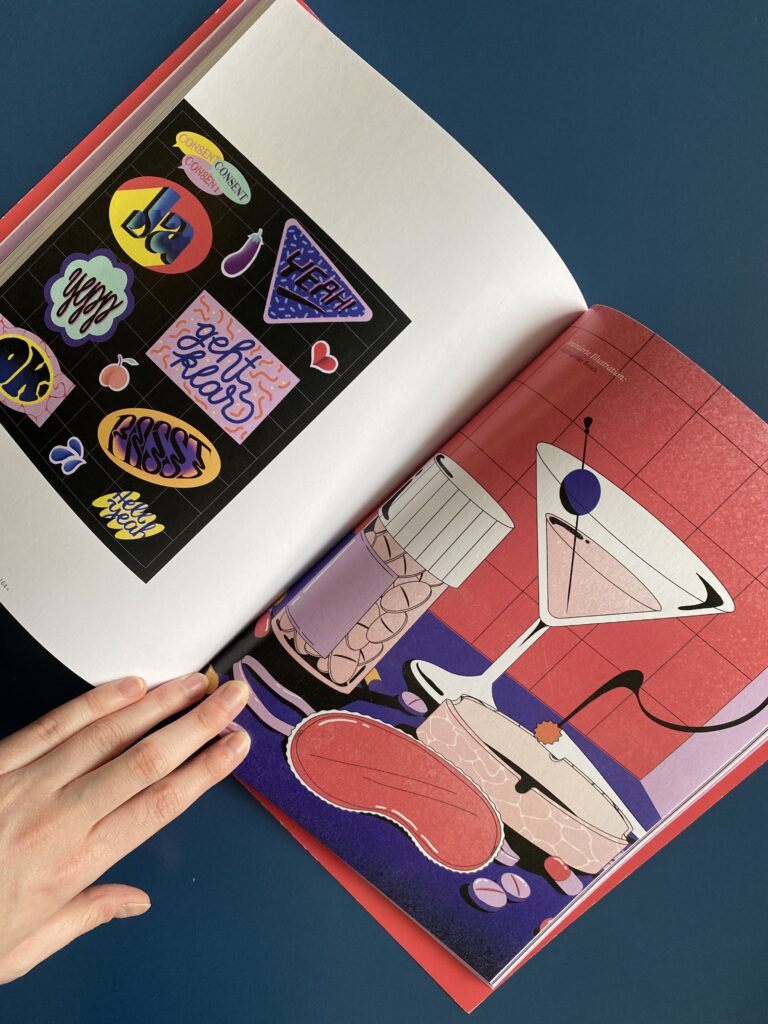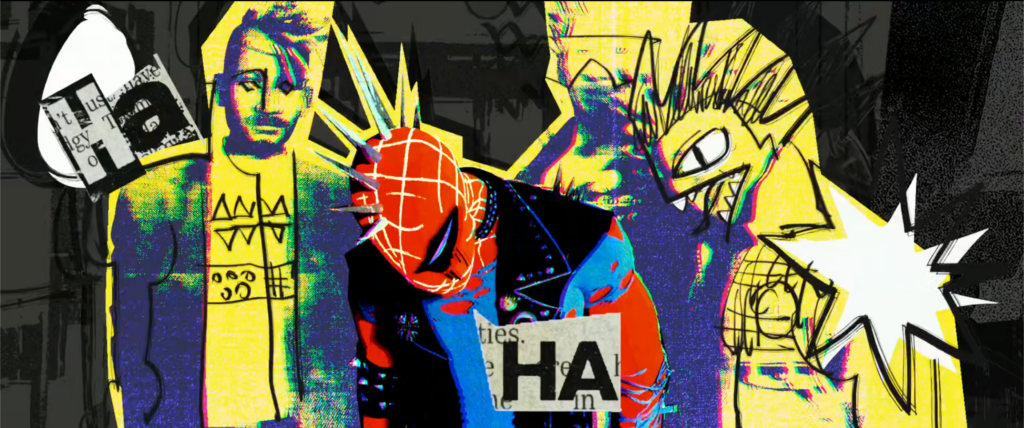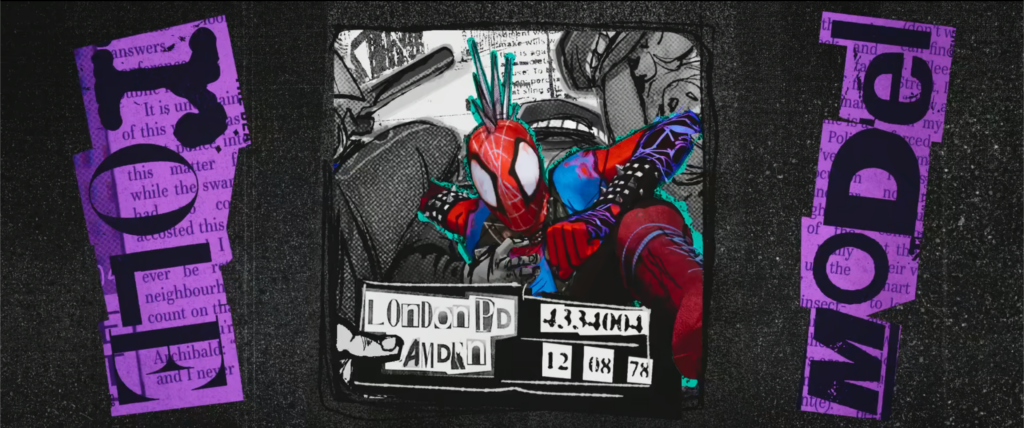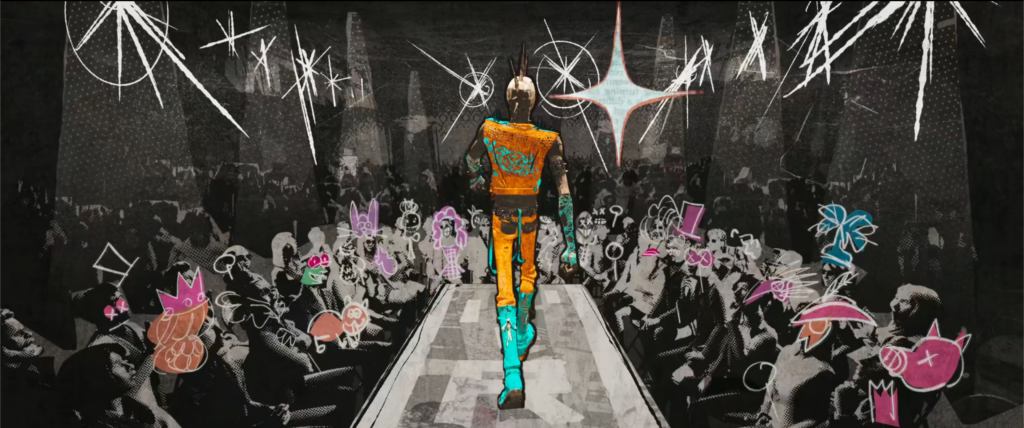Die Gender-Thematik ist ein polarisierendes Thema, welches viele Emotionen hervorruft und zu Diskussionen anregt.
In dieser Podcastfolge wurden 2 Gäst*innen eingeladen, welche bei der Genderthematik unterschiedliche Pole vertreten. Die zentrale Frage welche behandelt wird, ist, ob die deutsche Sprache sexistisch ist und darauf basierend verändert werden muss. Schafft man das generische Maskulinum, bei dem sich Frauen und nicht-binäre Menschen mit gemeint fühlen sollen, ab? Und ersetzt es mit geänderten Formen mit beispielsweise dem Binnen-I oder dem Gender-Sternchen, oder mit neutralen Formen.
Luise Pusch ist deutsche Sprachwissenschaftlerin und Feministin und setzt sich bereits Jahrzehnte für eine gleichberechtigte Sprache ein. Sie sagt, die deutsche Sprache sei eine Männer-Sprache, in der Frauen systematisch zum verschwinden gebracht werden. Pusch gilt als Erfinderin der Gender-Pause, also der Art des Renderns, bei der man vor dem Genderzeichen eine kleine Pause im sprechen macht.
Sie berichtet auch davon, dass ihr durch ihre Spezialisierung auf die gendergerechte Sprache viele berufliche Chancen verwehrt wurden. Sie wurde beispielsweise an bestimmten Hochschulen nicht angenommen. Den Grund dafür vermutet sie in der Abneigung der Sprachwissenschaftler*innen für Veränderungen. Immer wieder haben ihr Kolleg*innen und Vorgesetzte beteuert, dass sie Sprache nur erforschen sollte, nicht versuchen sie zu verändern.
Der Schriftsteller und Hochschullehrer für praktische Dramaturgie Torsten Schulz ist gegen das Gendern. Er empfindet das Gendern als Eingriff in seine Freiheit. Er war einer der ersten Unterzeichner des Aufrufs des Vereins für deutsche Sprache, welcher fordert „Schluss mit dem Gender-Unfug“.
Er erläutert, dass er sowohl die Ausdrücke „Kollegen und Kolleginnen“ oder „Studenten und Studentinnen“ verwende, da auch seine Studierenden vorwiegend weiblich sind, und er das als höflich empfindet. Doch von einer Machtinstanz, einer Hochschule, oder sogar dem Staat (vorgeschrieben zu bekommen, was er sagen/schreiben darf und was nicht, emfindet er als falsch und als Machtausübung.
Den Genderstern empfindet er als „nicht angebracht“ und „sexistisch“, weil er das geschlechtliche zu sehr betonen würde und Menschen nunmal aus mehr bestehen (Nationalität, Alter, Ethnie). Seiner Meinung nach, stellt durch das Gendern eine elitäre Elite Sprachregeln auf, welche sie versucht an die Bevölkerung zu oktroyieren. Seiner Meinung nach sollte sich Sprache natürlich entwickeln.
Auf die Frage, ob er als weißer Cis-Mann sich nicht in die Lage anderer in diesem Fall hineinversetzen kann, entgegnet er, dass er sich nicht vorzuschreiben lassen hat, wie er redet und wie er es für richtig hält zu reden.
Auf die Frage an Luise Pusch, wie denn eine positive Änderung im Srachgebrauch, zugunsten der gendergerechten Sprache stattfinden kann, meinte sie, dass eine Umerziehung nötig wäre. Dem widerspricht Schulz stark, da dies nur durch Oktroy möglich wäre.
Hier ist der Link zur Podcast-Folge:https://open.spotify.com/episode/3x37xwdJSETNrs54Q4wNXJ?si=N04Q7mCRRYSaqVUdgoTOxw
